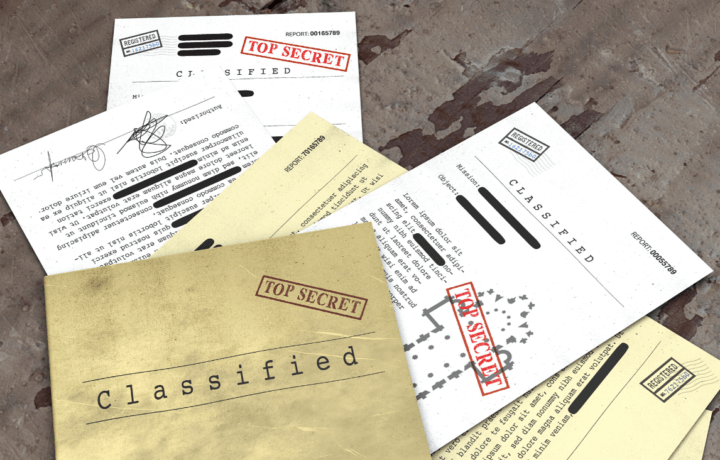A common misconception about the security clearance process is that their are clearance levels or special designations where you get access to the ‘special’ secrets. There are three basic levels of security clearance – Confidential, Secret, and Top Secret. Sensitive Compartmented Information (SCI) grants access to special access programs and has its own formal access controls. In the wake of the FBI’s release of an affidavit related to their search and seizure of documents from Mar-a-Lago, several other classification markings have hit the common vernacular, prompting some to ask – what’s a classification marker, anyway?
A key element of protecting national security information and classified materials is ensuring everything is labeled properly. The Center for the Development of Security Excellence website (a key resource for cleared professionals) notes: “Marking is the principal way of letting holders of information know the specific protection requirements for that information. Marking and designation of classified information are the specific responsibility of original and and derivative classifiers.”
Confidential, Secret, and Top Secret just scratch the surface for how classified information can be described. Special Access Programs (SAP) would typically be marked accordingly, to ensure the special protocols surrounding their security protocols are followed.
In the recently released affidavit for the search warrant executed on Donald Trump’s Mar-a-Lago residence, several specific classification markers were indicated – they included:
- FISA – Foreign Intelligence Surveillance Act – law that establishes procedures for collecting foreign intelligence information
- NOFORN – No release to foreign nationals – classified information that is not meant to be released to foreign nationals.
- HCS – HUMINT Control System – Information concerning human-gathered intelligence
- ORCON – Originator Controlled – The original classification authority holds the rules for establishing the classification designation
How complicated is marking classified information?
If you’re looking for a little bedtime reading, the Information Security Oversight Office has a 54 page document outlining the process for marking classified information as documented in executive order 13526. In addition, the CDSE has several courses outlining the proper procedures for classification and declassification. At the Top Secret level, there are at least 850 original classification authorities. Individual agencies may establish their own dissemination and control markings beyond simply adding a giant ‘TOP SECRET’ to the top and bottom of a document.
There are dozens of classification markers beyond the classification level. They are used to help identify, sort, and protect the breadth of classified information.




